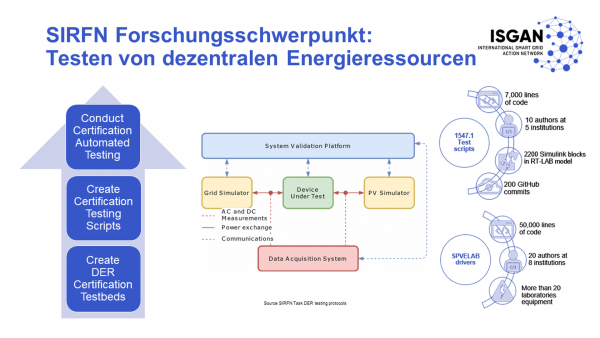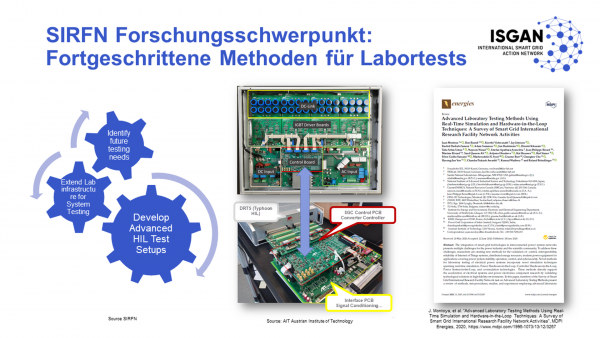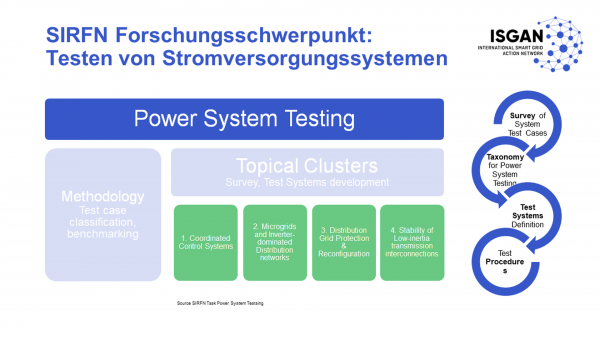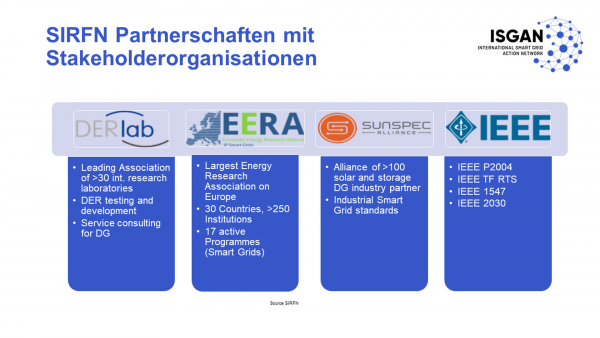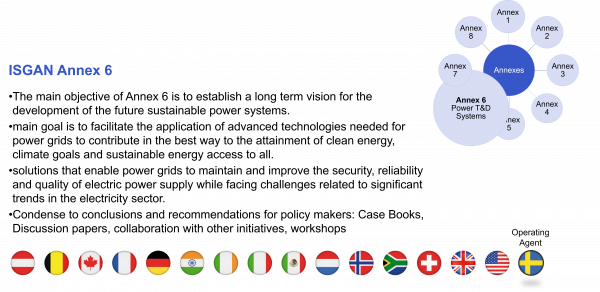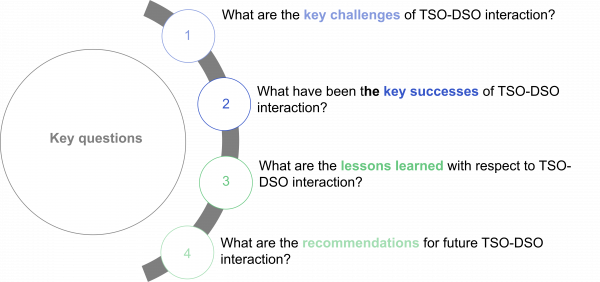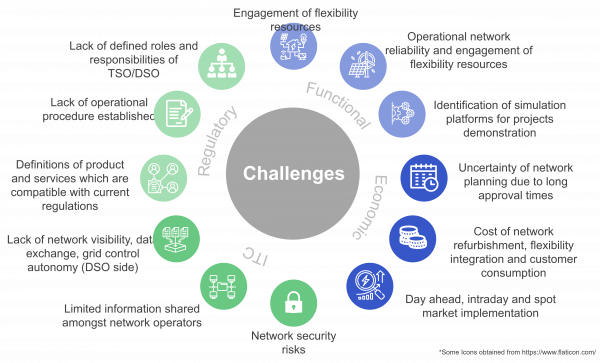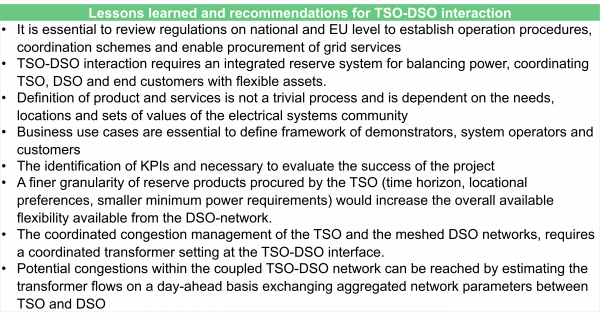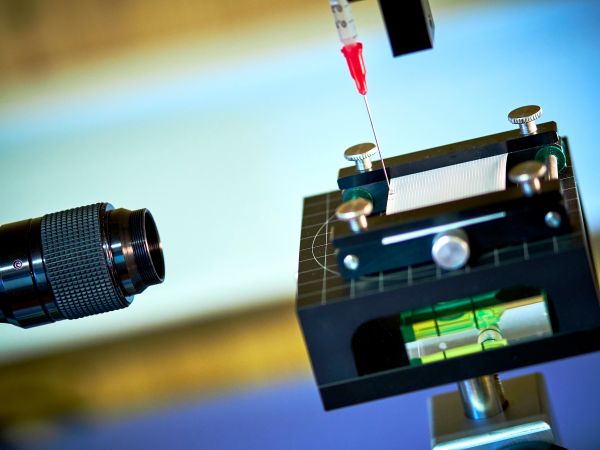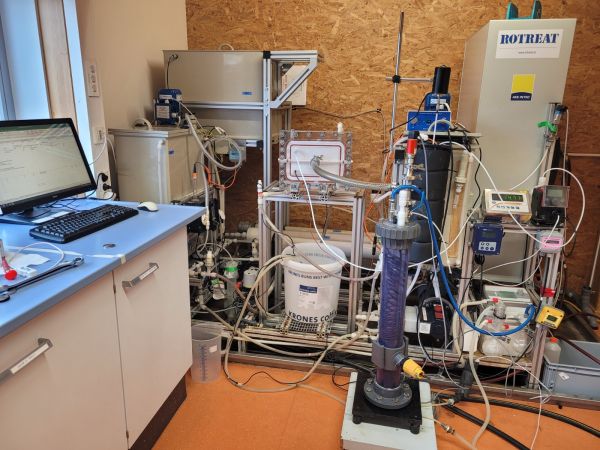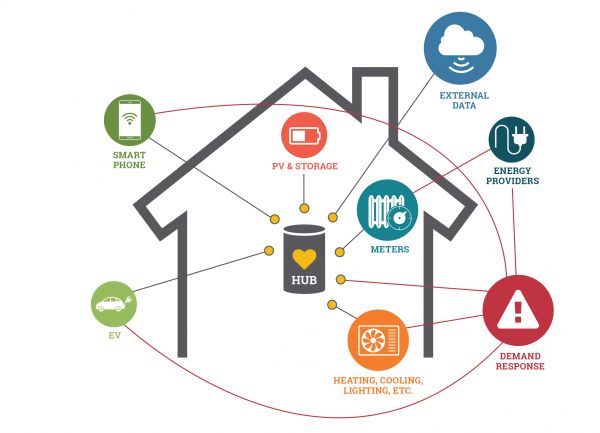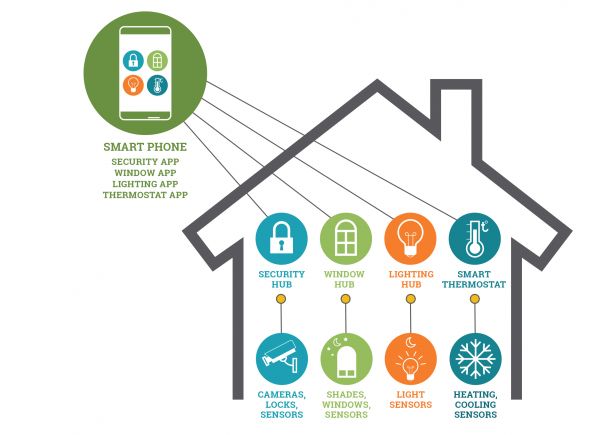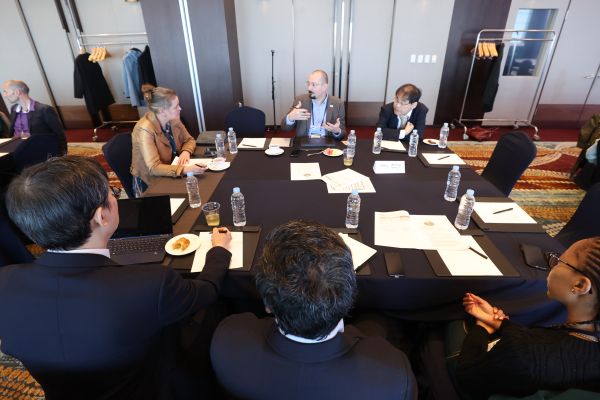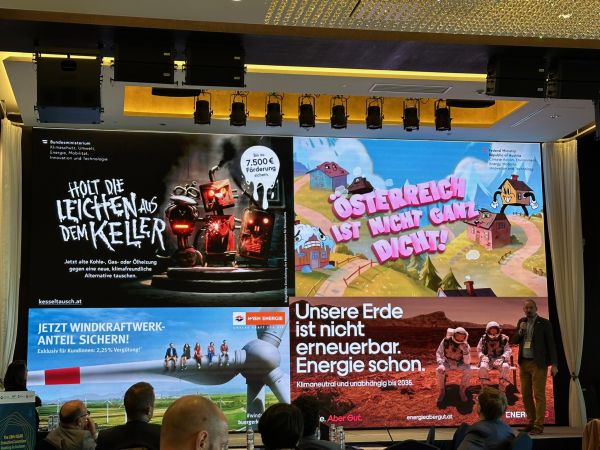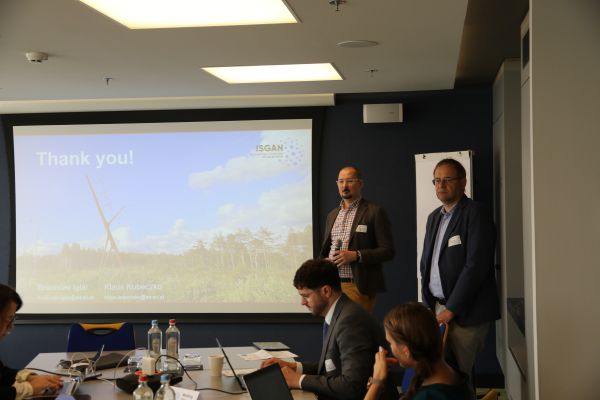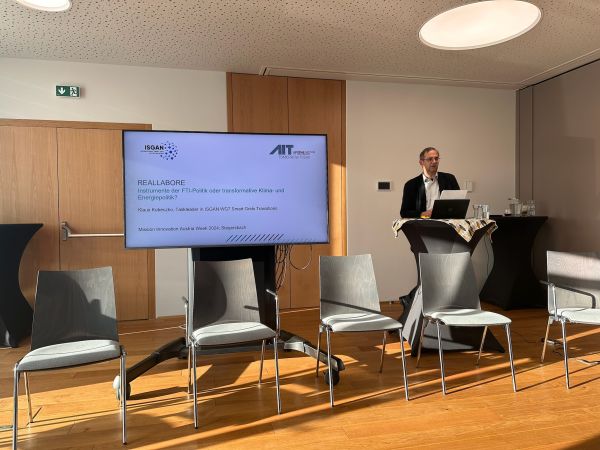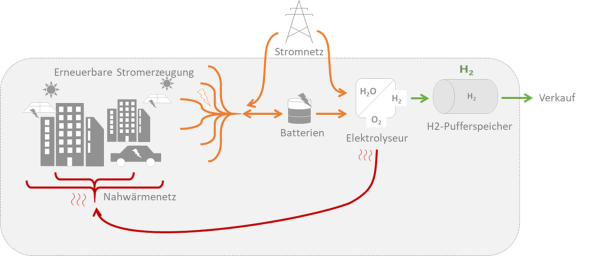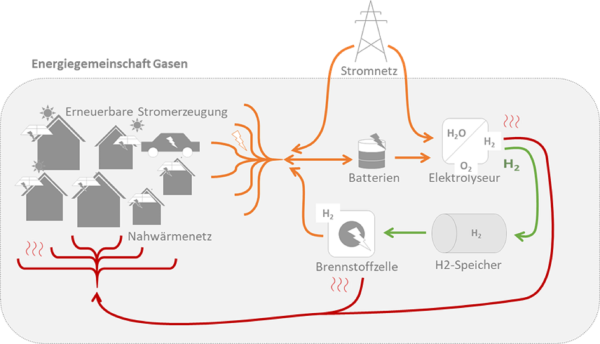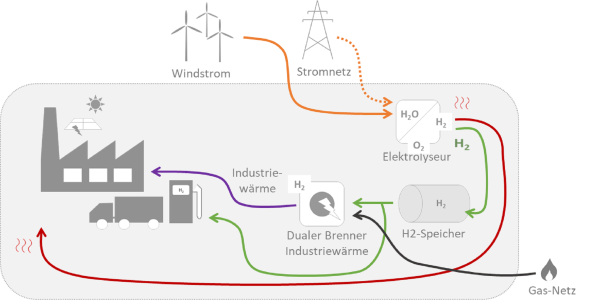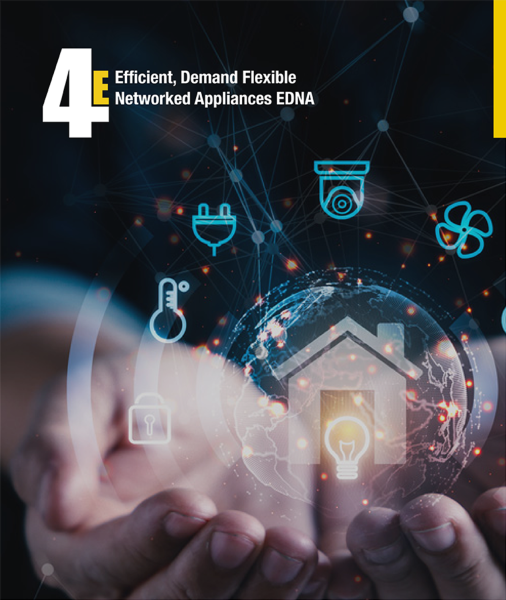Project Image Pool
There are 161 results.
Terms of use: The pictures on this site originate from the projects in the frame of the programmes City of Tomorrow, Building of Tomorrow and the IEA Research Cooperation. They may be used credited for non-commercial purposes under the Creative Commons License Attribution-NonCommercial (CC BY-NC).
SIRFN Focus Area: DER testing protocols
As part of the SIRFN focus are, SIRFN laboratories are developing test protocols for validating the interoperability of distributed energy resources, which can be used in an integrated test platform (System Validation Platform), for implementing a harmonised, international certification standard for all distributed energy resources in the power grids.
Copyright: ISGAN Annex 5 SIRFN
SIRFN focus area Advanced Laboratory Testing Methods
Within this SIRFN focus area, advanced methods for laboratory testing of components and electrical power systems are complemented by novel simulation technologies such as Power Hardware-in-the-Loop (PHIL), Controller Hardware-in-the-Loop (CHIL) and co-simulation, whose practical experience is however limited and not yet widespread. The SIRFN partner laboratories use their world-class research infrastructure to share expertise and jointly evaluate these new techniques, with the aim of establishing future test procedures within the framework of international standards, and provide recommendations for the optimal application of these techniques in laboratory environments.
Copyright: ISGAN Annex 5 SIRFN
SIRFN Focus Area Power System Testing
Within the framework of the SIRFN focus area "Power System Testing", leading international laboratories are pooling their activities with the aim of developing strategies for testing system aspects of digitalised, renewable energy-based, cyber-physical power systems.
Copyright: ISGAN Annex 5 SIRFN
SIRFN Partnerships and Stakeholders
As a global network, SIRFN also works intensively with partners from other relevant networks. These networks include research and development, industry and, in particular, the field of standardisation.
Copyright: ISGAN Annex 5 SIRFN
Description of ISGAN Annex 6
The main tasks and objectives of ISGAN Annex 6 are described and the participating countries (as of June 2020) are listed.
Copyright: Susanne Windischberger
Key Questions for TSO-DSO Interaction
The most important issues for communication between transmission and distribution system operators are listed.
Copyright: Barbara Herndler
Challenges for the Interaction between TSOs and DSOs
Functional, economic, ITC and Regulatory challenges for the interaction between TSOs and DSOs.
Copyright: Berbara Herndler
Lessons learned and recommendations for TSO-DSO interaction
Project results on the findings and recommendations for the interaction between TSOs and DSOs are summarised.
Copyright: Barbara Hendler
Contact angle measurement for membrane properties assessment
Depositing a drop of test liquid on the membrane.
Copyright: ACR/schewig-fotodesign
Membrane distillation (MD) laboratory plant at AEE INTEC in Gleisdorf
The MD laboratory system offers the option of connecting different module types and sizes, shown here with a connected test cell. The system can also be operated in different configurations, such as in direct contact mode or with vacuum.
Copyright: AEE INTEC
Smart home services
Smart homes can deliver a range of services and benefits to households, such as energy management (energy efficiency), demand response (contribute to regulating energy demand), electricity generation, storage and delivery to the grid, comfort, security, entertainment, household management (planning, internet shopping), specialized services (wellness or health management) and assisted living.
Copyright: IEA 4E Electronic Devices and Networks Annex - EDNA (https://edna.iea-4e.org/)
Smart home with multiple systems
Smart home with multiple smart systems and interfaces, for example, smart meter display, lighting control display, heating and cooling control display, window status display etc. (This raises concerns about interoperability and acceptance by users).
Copyright: IEA 4E Electronic Devices and Networks Annex - EDNA (https://edna.iea-4e.org/)
Discussion of Working Group 7 with country representatives during the Executive Committee 28 meeting
Discussion on the selection of topics and their elaboration in Working Group 7
Copyright: ISGAN
Presentation of approaches for public involvement in the energy sector in Austria
Explanation of approaches to public involvement based on campaigns by public and private actors
Copyright: ISGAN
Branislav Iglár and Klaus Kubeczko during the presentation of the programme of work in Utrecht
Presentation of the Programme of Work for the Executive Committee of ISGAN
Copyright: ISGAN
Klaus Kubeczko holding a keynote during a session of the Mission Innovation Austria 2024 conference
Presentation of the topic Living labs: Instruments of the RTD policy or transformative climate and energy policy
Copyright: Branislav Iglár
District type 1: Energie community in urban environment
The diagram shows the energy flows in distric type 1 (energy community in urban environment with the use of hydrogen technology).
Copyright: Österreichische Energieagentur
District type 2: Energie community in rural environment
The diagram shows the energy flows in distric type 2 (energy community in rural environment with the use of hydrogen technology).
Copyright: Österreichische Energieagentur
District type 3: Industrial area
The diagram shows the energy flows in distric type 3 (industrial area with the use of hydrogen technology).
Copyright: Österreichische Energieagentur
New image of EDNA´s website
New EDNA platform website with a range of residential connected devices, which are in the focus of EDNA´s work.

